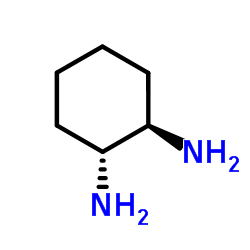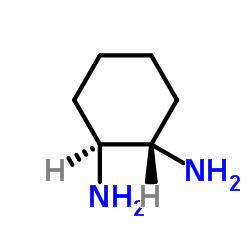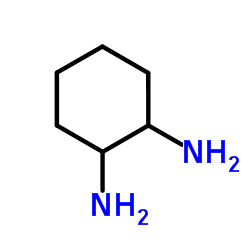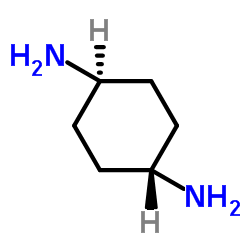| Structure | Name/CAS No. | Articles |
|---|---|---|
 |
(R,R)-(-)-1,2-Diaminocyclohexane
CAS:1121-22-8 |
|
 |
1,2-Cyclohexanediamine
CAS:1436-59-5 |
|
 |
(1R,2R)-(-)-1,2-Diaminocyclohexane
CAS:20439-47-8 |
|
 |
(1S,2S)-(+)-1,2-Diaminocyclohexane
CAS:21436-03-3 |
|
 |
1,2-Diaminocyclohexane
CAS:694-83-7 |
|
 |
trans-Cyclohexane-1,4-diamine
CAS:2615-25-0 |